Global Legal Hackathon
The Developer Perspective
This blog offers a unique insight into the experience of the Legal Innovation Lab’s Software Development team at the Global Legal Hackathon March 2022 – Manchester.
Hackathons offer many great opportunities to developers – the chance to network, discover and familiarise yourself with new fields in the industry, and improve your ability to develop prototypes quickly. But one thing that is often overlooked, is its capacity to stress test a team.
With our Lab’s development team in a time of transition with multiple new members, and the impending departure of those more experienced; testing the capability and cooperation of the current team is invaluable, and there are few better ways of doing this than rapidly developing a completely new idea in a matter of days.
So with that in mind, we sent our new developers along with a pair of researchers from the Lab to the Global Legal Hackathon in Manchester. Testing was of course not the only motivation, but it gives us insight into what the future of the team may look like. Once there, we were also joined by an undergrad and a self-taught developer, both looking for experience.
Suffice to say the hackathon was a success. Our team – ‘Trial by Fire’ with our product ‘Fast Law’ made it into the next round, but what was developed?
We produced two applications as part of the project. One React Web application, built by our researcher Rey and our recruited teammate Dani, and a Rails MVC application which was successfully hosted on Heroku – built by Tobi and Alaric from the development team. Data was stored as part of the Rails MVC which also exposed an API to be used by the React App.
The Project aimed to match the Access to Justice brief focussing on pro bono work. It enabled individuals to post legal queries (optionally with attached files) anonymously through the React app. These would be paired with a lawyer, with a specialty in the field they had specified the query would fall into, who could then offer answers. If they did not know which field it fell into, it would be added to a pool to be manually classified as part of lawyer pro-bono work. The lawyer could also change the query specialty if they believed it to be incorrectly classified.
Through the Rails app, charities were also able to specify requests in much the same way with similar pairing mechanics - though emails would be exchanged rather than text answers, as these requests would likely be more complex and be more involved. They could also see the state and history of all requests they had made. This app additionally served as the portal for lawyers who would be able to log their available hours, view the history of all their requests, and queries giving them a record of their pro bono hours, as well as answer queries from individuals and requests from charities.
For the demonstration, the database had been populated with hundreds of faker records through Rails seeds, such that you could see what the project might look like when in use from both the Rails and React interfaces, with some specific users created for the purpose of the demo.
For the 48 hours we had, our team worked tirelessly - spending the first day on design, working out the intricacies of the project, and ensuring the data would be correct so that both applications could interact successfully. The second day was all hands on deck for development, with both Tobi and Rey staying up particularly late in order to complete required functionality, and match project styling on each of their apps respectively. The final day was smooth sailing into the finish line, with the applications completed well within time, and giving the team all the time they needed to prepare for the presentation itself.
Given this was all produced within 48 hours of the hackathon starting – the data design, front end design, and the actual implementation – in a competitive and thus stressful environment, I feel confident in saying this effectively demonstrated that the development team is in good hands going forwards and we look forward to working on interesting and engaging challenges in the near future.
If you would like to read more about the Lab’s experience of this hackathon, you can read our Researcher blog on it here.

